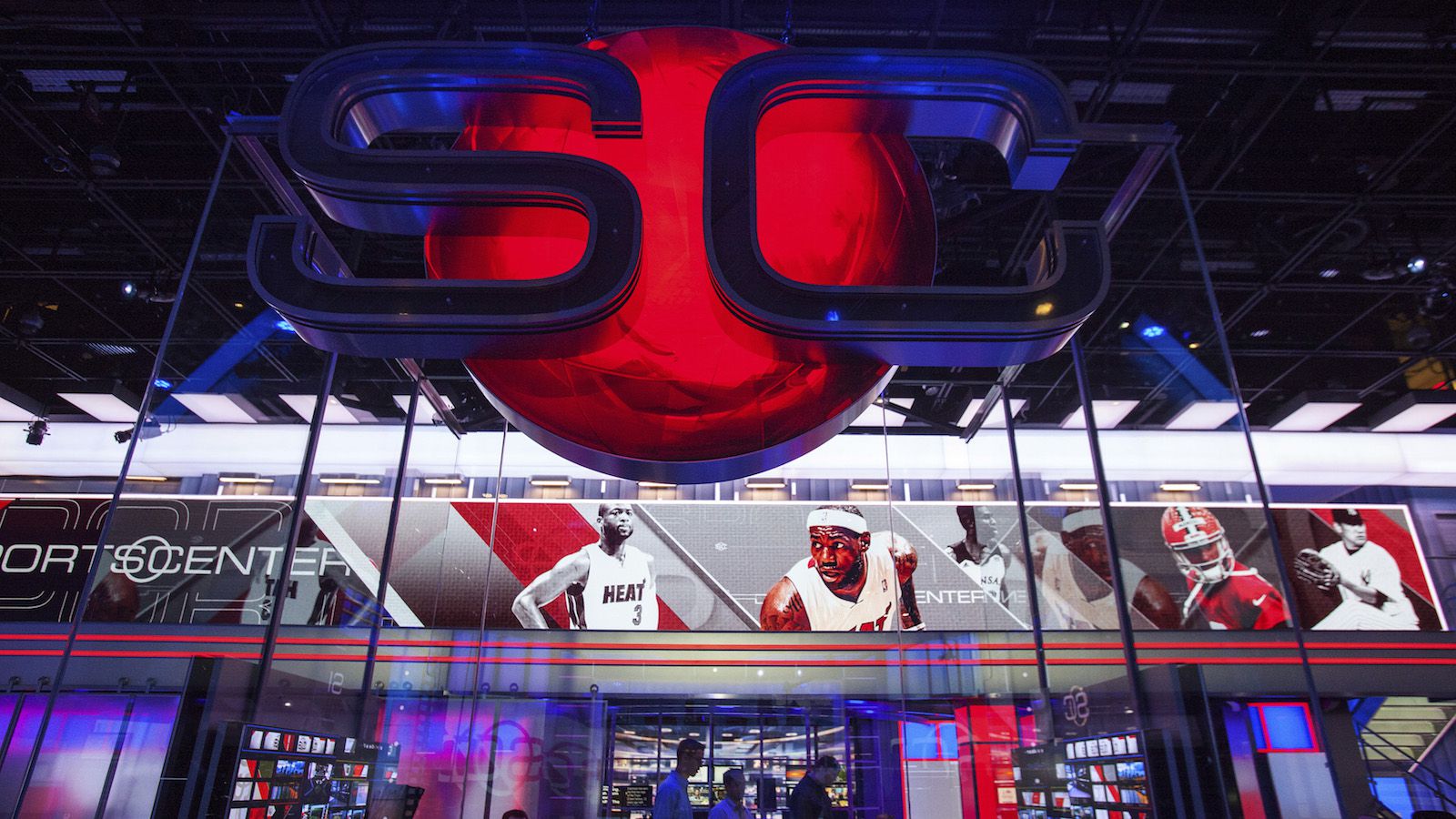Not even Disney knows what’s going on with ESPN right now
By many measures, the Walt Disney Co. should be at the top of its game. Star Wars: The Force Awakens bolstered Disney’s studio and consumer-products businesses. And an upcoming Shanghai theme park—slated to open in June—will augment its already strong parks and resorts business. But there’s one nagging problem dragging it down: The uncertainty surrounding ESPN.


By many measures, the Walt Disney Co. should be at the top of its game. Star Wars: The Force Awakens bolstered Disney’s studio and consumer-products businesses. And an upcoming Shanghai theme park—slated to open in June—will augment its already strong parks and resorts business. But there’s one nagging problem dragging it down: The uncertainty surrounding ESPN.
Over the last two years, the Disney-owned cable-TV sports network, which brings in the most revenue of any on the standard pay-TV bundle, lost 7 million subscribers, shrinking its subscriber base to 92 million, according to regulatory filings.
Roughly half of Disney’s operating income comes from media networks like ESPN. So the subscriber headwinds prompted concern over whether the network’s revenue growth would be able to keep up with the rising cost of ESPN’s sports rights.
Now, Disney CEO Bob Iger says ESPN’s subscriber base is growing again. It ticked up over the last few months, he said, suggesting that the losses are abating. But he can’t say what’s driving the change.
“We don’t know exactly what the drivers are or where the uptick that we’ve seen recently” is, in terms of subscriber growth, Iger said on the company’s Feb. 9 earnings call, adding that the increases did not affect results in the most recent quarter. “We’re not making any predictions about them going forward because we really don’t know.”
The confusion surrounding ESPN’s subscriber base reflects how convoluted the marketplace has become, amid a painful shift away from traditional pay TV models.
Disney thought recent subscriber losses were the result of cord cutting, based on Nielsen estimates of multichannel-household pay-TV losses in 2015. Then it concluded that the declines were really driven by ESPN’s absence from “skinny” bundles, the cheaper offerings of limited menus that are becoming more prevalent.
The company is planning to add ESPN to more light packages. And Iger boasted on the call that it’s already part of DirecTV’s SlingTV streaming platform, which has about 500,000 subscribers.
He also insisted that concerns about ESPN’s recent subscriber losses and rising programming costs were being blown out of proportion.
“The notion that either the expanded basic bundle is experiencing its demise or that ESPN is cratering in any way from a subscriber perspective is just ridiculous,” Iger said on the call. “The predictions that many have made are more dire than they should be.”
The stock is still down about 3% in midmorning US trading, to $89.58 a share. That’s despite Disney blowing past Wall Street’s forecasts for first-quarter earnings and revenue, as it posted a record quarterly profit of $1.63 a share, adjusted, on $15.2 billion in revenue.
“Star Wars is not an every-quarter event,” BTIG Research analyst Richard Greenfield told Quartz. “Fifty percent of the business is cable networks and the growth of cable networks looks increasingly worrisome.”